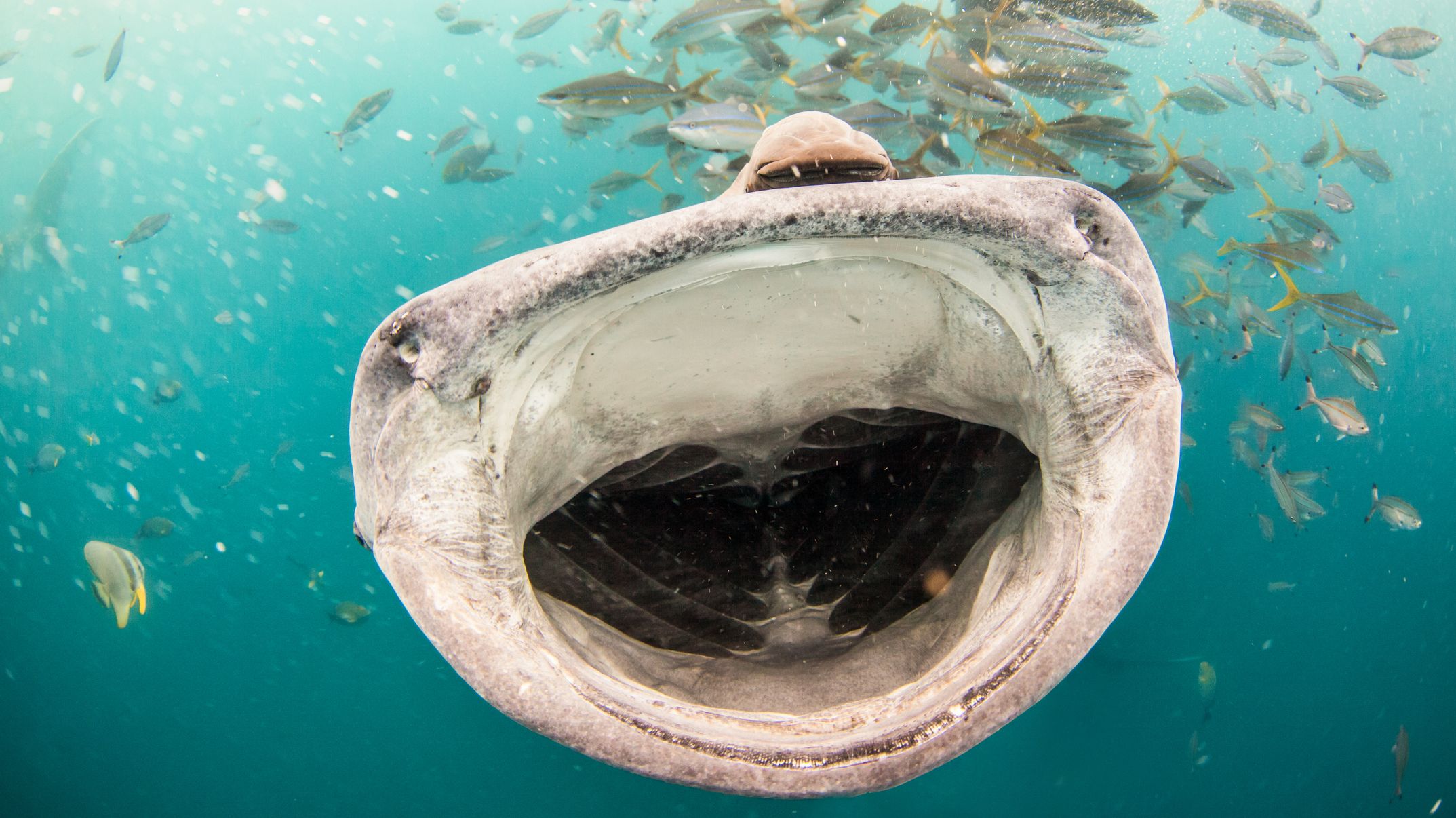

Everything about The Room is mythological, wreathed in confusion even after actor Greg Sestero’s 2013 book The Disaster Artist and its subsequent film adaptation explained some aspects of how it (and its eccentric creator Tommy Wiseau) came to be. And obviously, a strong familiarity with The Room can be assumed, given its status as perhaps the most famous film in the modern “bad movie” canon.
BIG SHARK MOVIE
In my years at Paste, I’ve authored several different columns dedicated to trash cinema or so-bad-they’re-good films, and hosted innumerable bad movie nights. Humans then eat the fish that have eaten the microbeads…and that’s another way we end up with microplastics in our bodies.It would be more than fair to categorize me as a lover of bad cinema. There’s still no mutually agreed-upon term to describe what’s “reef-safe,” so what you really need to do is avoid certain ingredients that are known to be harmful, Blum says.īlum also encourages consumers to make sure they don’t buy products that contain microbeads.Īfter you wash them off your face or body, those microbeads go down the drain, pass right through your local wastewater plant, and dump into the ocean. She’s also encouraged by efforts to renew coral reefs via coral planting.

“That’s an easy piece that we can change to make a positive impact.”īlum says recent chemical sunscreen bans are already making a difference in places like Hawaii, with reefs coming back to life. Something that we use on our bodies should not be one of them. “There are so many things that impact our waters. She was horrified, knowing the chemicals were deadly for coral and many fish. Her inspiration? Seeing a group of snorkelers surrounded by a circle of oily film on the water, formed by the chemical sunscreens they had slathered on.
BIG SHARK SKIN
She spent years formulating skin products for other companies before striking out on her own to create a mineral sunscreen business.
BIG SHARK CRACK
Some states, including California, are starting to crack down on that misleading labeling and aren’t allowing the symbol to appear on plastic that isn’t recyclable. Ditto for that “chasing arrow” symbol you see on the bottom of many plastic containers, she says. That stuff just gets sorted out and put into the landfill,” Savage says. “Things that have a number on them … that’s just a fallacy. Things marked 1 and 2 - and on rare occasion, 5 - are your best bets, experts told CNN, depending on what your municipality can handle. The number system on the bottom of plastic items are not a guarantee they will be recycled. She says the US rate of plastic recycling is only about 5% to 6%.

It’s important to realize that most plastic doesn’t get recycled, according to Savage. Surfrider Foundation reports less than 7% of plastic gets recycled in the US. Surfrider Foundation even has a helpful online guide, highlighting ocean-friendly restaurants.ĭiscarded plastic and other debris overflow from a Los Angeles trash bin. “They found plastic in our bodies…people don’t want to eat off plastic plates with plastic utensils.” Think about how much better it feels to have a meal with metal utensils and a real plate.”Īs consumers begin to worry about things like microplastics making their way into their bodies, this is a “no-brainer” for restaurants, she says. “People love it, people are so much happier. If they’re spending all this money buying single-use plastic, a small investment in a dishwasher and reusable cutlery will save money in the long run.”Īlso, she says, consumers are realizing they prefer the less-disposable options. If your favorite restaurant still uses plastics, she tells diners to refuse the plastic forks and gently suggest the management move to a more sustainable takeaway option (like bamboo utensils and paper containers and straws) or – even better – go with washable plates and cutlery. Jennifer Savage of Surfrider Foundation suggests supporting businesses that avoid single-use plastics. This is a big one…and one of the worst problems facing the ocean, landfills and even our bodies! Mark Rightmire/MediaNews Group/Orange County Register/Getty Images Rains sent the trash flowing down river from miles inland. Trash piles up along the bank of the San Gabriel River near the Pacific Ocean in Seal Beach, California.


 0 kommentar(er)
0 kommentar(er)
